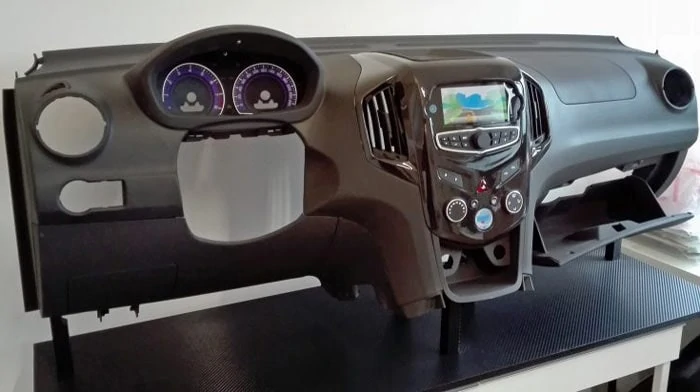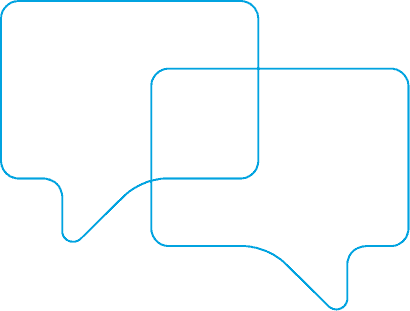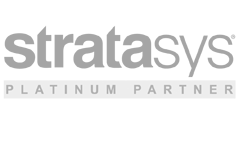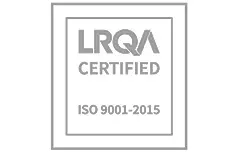
How 3D printing is accelerating car design and development
Additive technology has revolutionised car design. The decades-old process of modelling a full body in clay, for wind tunnel tests and approval, is falling out of favour with the advance of 3D printing – and the customisation market is following suit.
Italian automotive service bureau, Skorpion Engineering, is running six Stratasys printers across sites in Milan and Turin, which allow it to reproduce any part, from headlight lenses and wing mirrors to bulky items such as seats.
“The new materials that we can supply make previously unimaginable projects – like these ones – possible,” says Laser Lines’ Richard Hoy. “This year, we added Stratasys’ first reinforced composite material to the line-up, Nylon 12CF, which is ideal for creating production parts, or simulating metal objects like bonnets, wings and door parts.”
Immediate returns

It recently completed a full-size bumper, printed using a Fortus 900mc 3D printer, in half the time it would have taken to sculpt the same part using clay: something that Skorpion Engineering general manager Italo Moriggi, describes as “transformational”.
“We can send prototypes to our customers the very next day,” he says. “In the context of the end-to-end manufacturing workflow, the level of time-saving enjoyed with 3D printing [goes far beyond] merely an improvement or progression.”
While bumpers are among the most aerodynamically-demanding parts of a car, with precise curves and dimensions, they’re not nearly as complex as some of the other components that Skorpion Engineering can now produce on site. It uses an Objet350 Connex3 printer to combine a range of different materials in a single part to print, which helped it to produce a complete dashboard to exacting dimensions.
“Multi-material printers, for Polyjet and FDM manufacturing, are becoming more accessible. Our own bureau had one of the first Stratasys F370 printers in Britain,” Hoy says. “Giving access to four materials at once, plus a water-soluble support material, it’s one of the most versatile printers on sale, and perfect for complex parts with large voids, like Skorpion Engineering’s all-in-one dashboard. Once completed, it would be ready for immediate deployment and use.”
The road ahead
Impressive though they are, each job is merely a step on the road to a far bigger project: producing a complete, working car using only additive manufacturing within the next five years. “As we continue to push the prototyping capabilities of our 3D printers, we’re discovering the wider manufacturing potential they possess,” Moriggi says.
“Outsourcing work to a bureau, like Skorpion Engineering or the one we run at Laser Lines, is an efficient and fuss-free way to rapidly produce test parts while keeping an eye on costs,” Laser Lines’ Hoy says. “We give our clients access to a wide range of additive technologies and, with 18 printers on site here in Banbury, including the Fortus and Objet machines used to produce Skorpion’s car parts, we have sufficient capacity to accommodate even the most demanding jobs.”
See how much time and money you could save by outsourcing your job to Laser Lines’ bureau service. Get an instant quote online, email [email protected] or call 01295 672599 to discuss your needs in detail.








